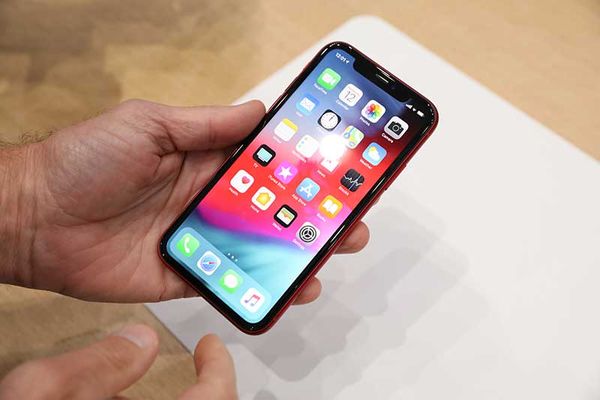![]()
Being around at the beach year-round, means our smartphones are, too. Your iPhone keeps constantly dangling over sand and surf while you take photos of the ocean and pretty skies. Taking your iPhone to the beach, even with steady hands, can be dangerous. With this in mind, I’ve teamed up with (an impact-resistant tablet and phone case manufacturer) to show you how to keep your iPhone secure and easy to use while relaxing on the beach.
1. Have a Good Case
With a case that can withstand drops, sand, and water, you can protect your investment. Using the Tech21 Evo Aqua case on recent beach adventures gave you some peace of mind. The case entirely covers the phone without adding too much bulk, allowing for simple usage of the touch screen. To keep sand out of the headphone jack and connector, it has a cover. Let’s face it: you don’t have to drop your phone in the sand to get irritating granules inside. Co-mingling with a sandy towel inside a beach bag is all it takes to trigger a problem. Then there’s the slick rocks and puddles that often surround your favourite flippered photographic subjects. It’s quite simple to drop a phone repair over here. This is clearly a place where a drop and water-resistant iPhone case would come in handy. Despite the lens being covered by the protective case, the iPhone camera still captures decent photos. Using the exception of the top photo of the phone in the real cover, every shot in this post was taken with the Evo Aqua case on an iPhone 7.
Tip: If you don’t want to use a waterproof or water-resistant cover, dust plugs may be worth investing in to keep sand out of these tight spaces.
2. Keep Your iPhone Out of Direct Sunlight and Heat
When the ambient temperature is between 32 and 95 degrees Fahrenheit, Apple claims that iOS devices are safe to use. Even temperate cities, I can tell you, exceeds this range in direct sunlight. Always keep your phone in the shade. Apple also claims that iPhones can be stored at temperatures ranging from –4 to 113 degrees Fahrenheit. On hot days, locked-up cars can easily exceed this high temperature threshold. As a result, leaving it in the car rather than on the beach in the shade might not be the best choice.
3. In Extreme Heat, Turn the iPhone Off
There is no internal fan or cooling system in iPhones. When exposed to heat, their defence strategy is to reduce performance until it is rendered worthless. When the iPhone detects that the device is becoming too hot, it will issue a temperature alert. The bad news is that, while this appears to be a useful message, your phone will become inoperable once it reaches this point. It “may” be able to make emergency calls, they say.
Because the phone generates heat when it is on and in use, keeping it turned off to the extreme will help it stay cooler.
4. Don’t Charge Your Phone at the Beach
Because your phone’s temperature rises while it charges, make sure you have a full charge before hitting the sand.
5. Use an Anti-Glare Screen Protector
An anti-glare screen protector makes it much easier to read your phone’s screen in direct sunshine. Impact Shield from Tech21 not only protects the screen from drops (it uses BulletShieldTM, which is used in bulletproof glass to absorb impact), but it also reduces glare. Because lighting conditions can and do change dramatically in sunny locations like Southern California, the latter is critical.
6. Avoid Disposable Bags
Here’s the deal: there are greedy seagulls at the beach. They’re well aware of how we operate. They enjoy sandwiches, baked cookies, and other beach food, and we suspect that the majority of us transport these delectable treats in throwaway bags.
If you put a smartphone in a paper or plastic bag, the seagulls will swoop down and take it, thinking it contains food. This has happened to a lot of people. The danger is genuine.
